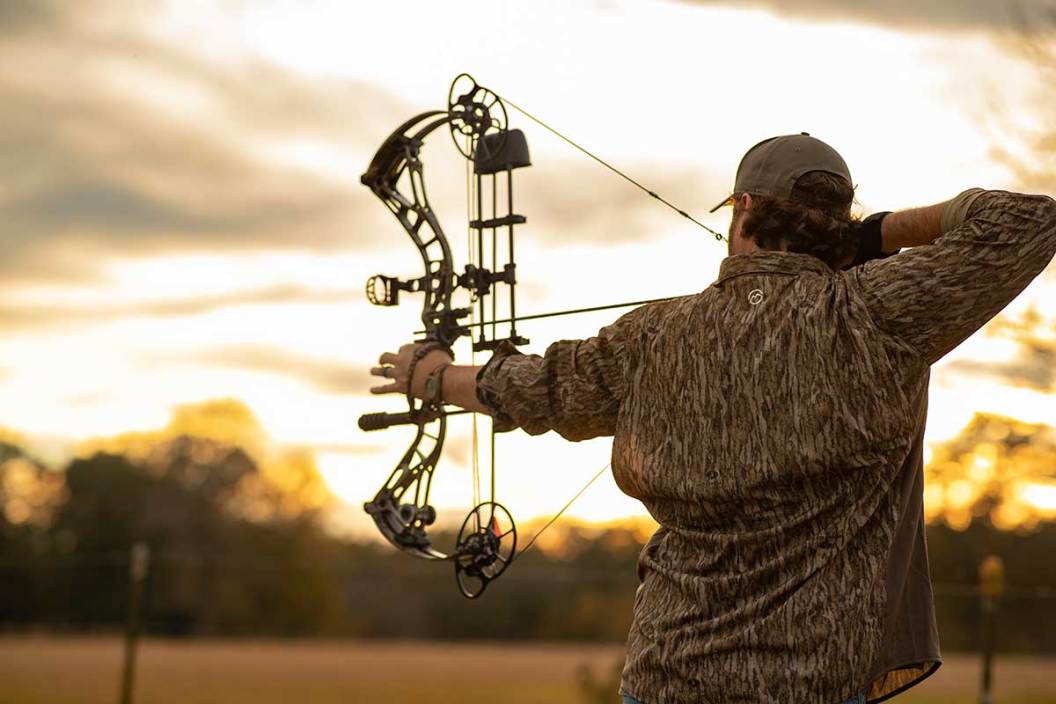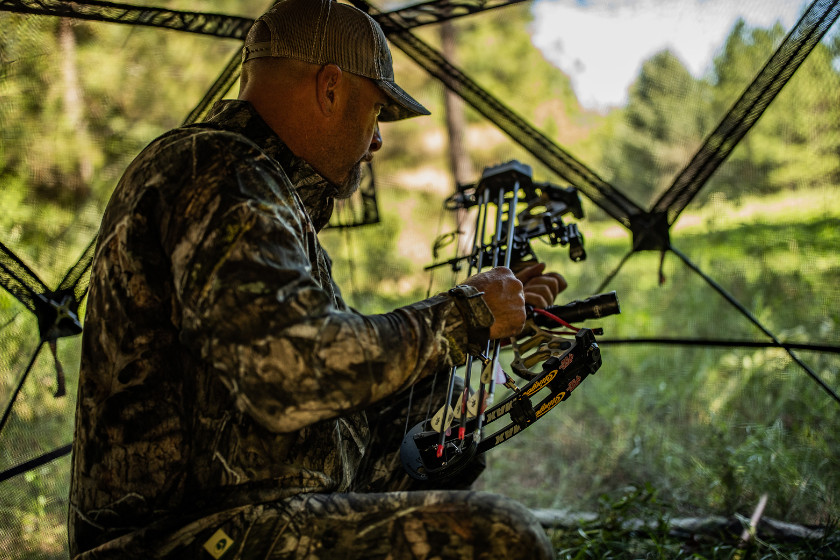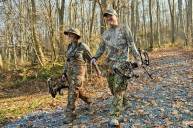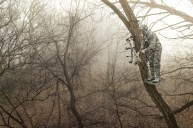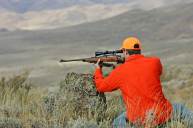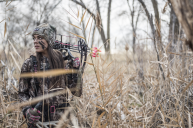By now, most bowhunters are dusting off their bows and sharpening their archery skills for the upcoming bow season. As hunters, we're always looking for ways to become more accurate with our bows. We've got to be ready when that trophy buck gives us an opportunity. Or if you're like me and gearing up for a mountain big game hunt, you're likely increasing your target distance, preparing for a possible long shot.
Regardless of your situation, it's important to make sure that you are dialed in, minimizing any risk of missing, and trying to make the most ethical shot possible. There are a lot of tips and tricks on how to become a better archer, but how much emphasis do we put on our breathing?
Studies have shown that breathing has a drastic effect on shooting accuracy. In fact, Navy SEALs use breathing training exercises to ensure they are most accurate with their shots. While they aren't using compound bows, the principle still applies and breath management can help tighten your groups, and help you avoid target panic.
A few years ago, I set out to learn more about ways to manage my breathing while in full draw. Here are some of my learnings, which can translate to tips for any bowhunter.
Pre-Draw Breathing
When a monster buck is within bow range, it can be hard to control yourself. Your heart is beating out of your chest, your hands are shaking, and you can start to overthink things. While this is the moment we live for, it can also be pretty nerve-racking. It's crucial that you have a pre-draw breathing routine to help settle your nerves and stabilize aim.
A normal breathing rate is about 15 breaths per minute, however, when we are nervous or are in a state of high intensity, that rate can double. Slowing this down with deep diaphragmatic breathing can help regulate blood flow and put you in a more relaxed state.
Before drawing your bow back, try taking two deep breaths and then proceeding to draw back in the middle of the third. This really helps me block out any outside noise and just focus on my pins and my target. Practice this before the season starts; don't wait until a trophy buck is right in front of you to start thinking about breathing techniques. If you do this enough in the offseason, it will be a muscle memory and naturally become a part of your shooting.
One In - Half Out
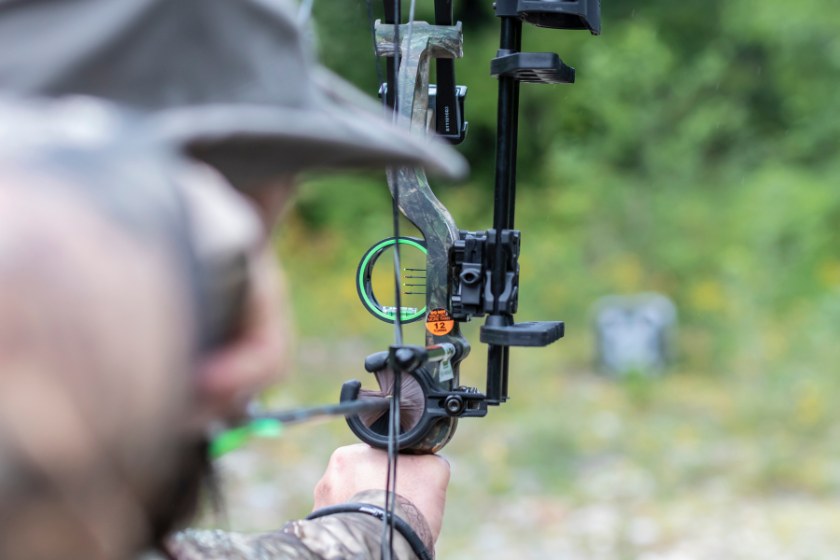
Stefan Malloch via Getty Images
Over the years I have heard and read about countless breathing techniques to help make a more accurate shot, but most of them didn't work for me. I usually ended up feeling more focused on the breathing that I would rush the shot, or it left me unsettled when locking in my pins.
Then an old school hunting friend of mine taught me the "One In-Half Out" method, and this really helped me control my breathing and have a steady lock in on my target. This is a pretty simple method that you can easily get accustomed to before the season starts.
As the name implies, you're going to take one big breath on the draw back, and then let half of that breath out while anchoring in and setting your pins. This method allows you to get more than enough oxygen to last the entire aiming process, so that you're not tensing up from lack of air. The half breath out tends to make me slightly more calm, and there's no tweaking my grip from my breathing being uncontrolled. This has been a game changer for me.
Release on Release

The "release on release" tip isn't anything new, and you'll hear different takes on this technique, but I'm sticking with mine. A nice full exhale of whatever is left in your lungs upon releasing your arrow into your target is exactly the consistency I needed to finish my shot.
Time this upon the dropping of your bow post-shot and you will become so natural with it that you'll likely forget that you're even doing it. Your process will be on auto-pilot and help make your shooting more uniform.
Most people don't think about how important their movement is following their release. Rightfully so; you would imagine once the arrow has left, your job is finished. But this isn't the case. Even a microsecond of off-breathing or sudden movement after the release can send your arrow where you didn't want it. Take note of this during the offseason and ensure that your release is consistent.
Ultimately it will come down to what feels most natural for you when shooting your bow. I know a lot of successful hunters with different breathing techniques than me, and they're still great shooters. The key is consistency.
Try to shoot your bow everyday, even if it's only a few shots. Focus on your breathing at first and find a rhythm that makes you feel comfortable, relaxed, and steady. Once you have found what works best for you, build up that muscle memory with constant repetition. If you do that, by the time the season rolls around, you'll be well prepared to make the shot.
